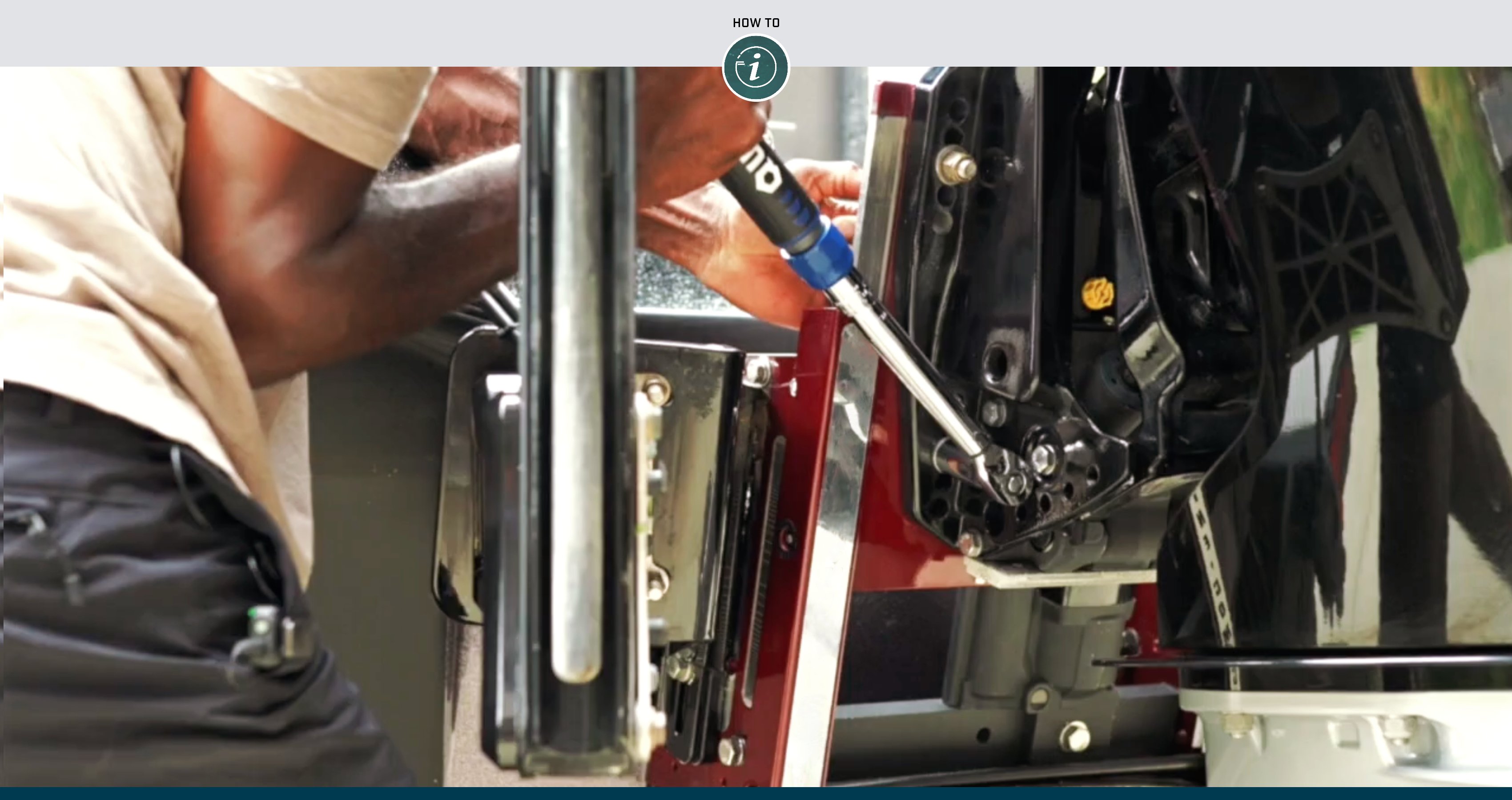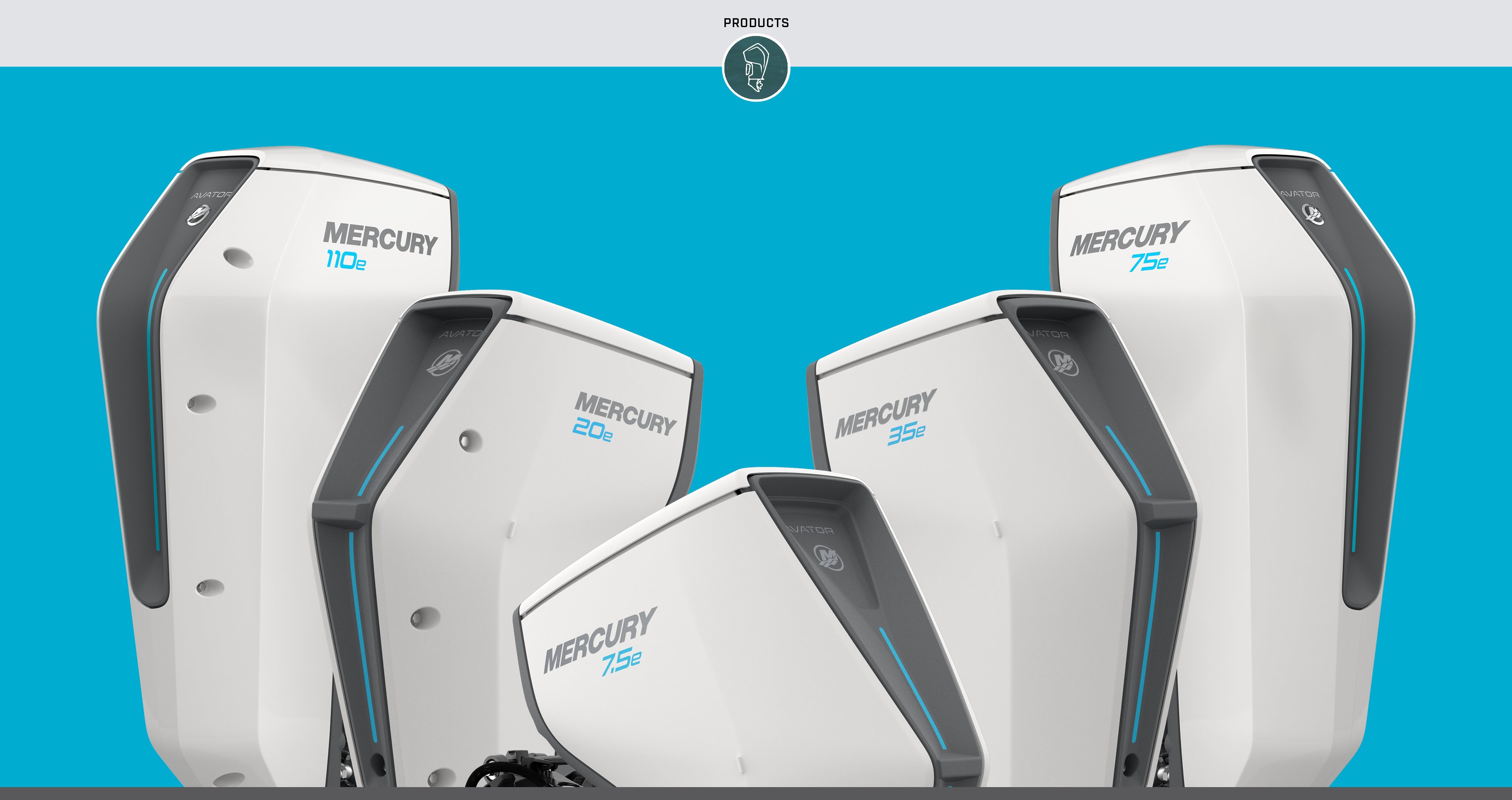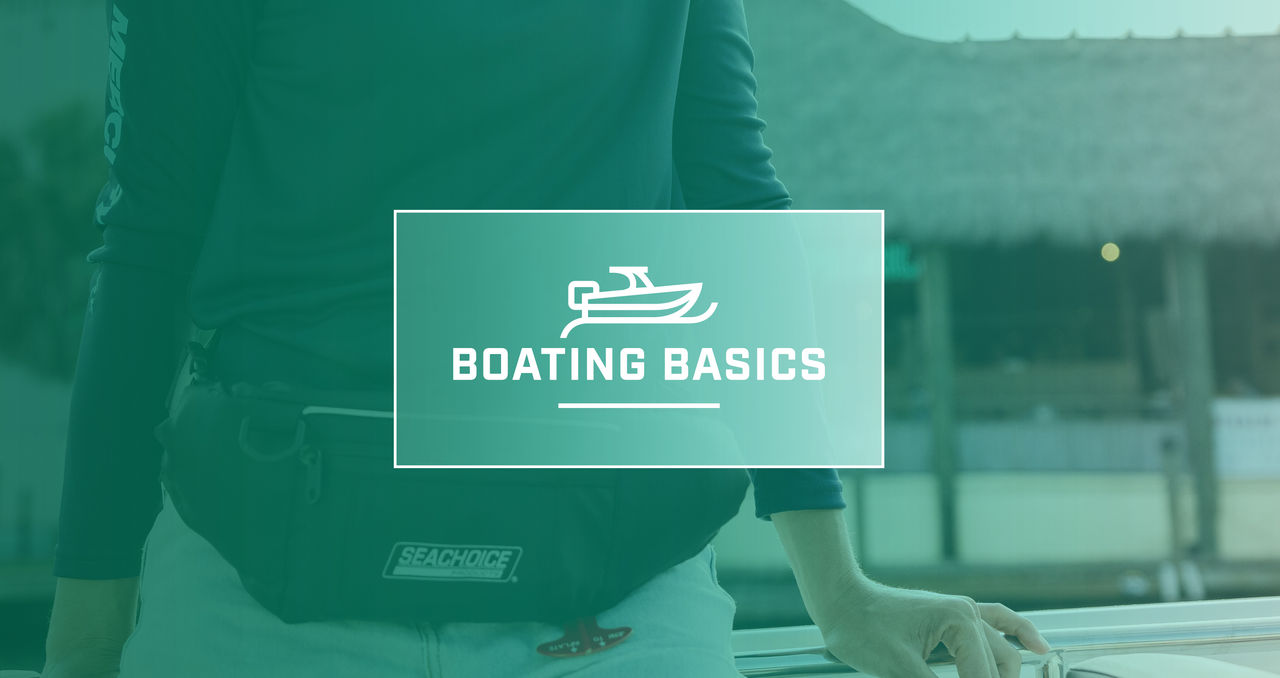If you are new to boating, the “Boating Basics” series of videos from Mercury Marine provides an engaging, educational guide to our favorite pastime that will help you gain confidence on the water. Even if you are an experienced boater, you might pick up a few tips!
“Safety first” is a fundamental motto in boating. Your preparations for a day on the water always should begin by making sure you have the proper safety equipment in place.
Keep in mind that local boating safety laws can vary from state to state, and state rules also can differ in some respects from U.S. Coast Guard (USCG) regulations. Be sure you are well versed in USCG and local requirements and can meet them before you set out on the water. Whether it’s required by law in your boating area or not, we also recommend taking a boating safety course to learn safe practices and requirements.
For more advice, you can check out the videos below.
ECOS Requirements
A federal boating safety law requires most boats to be equipped with an emergency cut-off switch (ECOS). It consists of a lanyard with one end connected at the helm near the ignition. The other end has a clip that must be fastened securely to the driver’s life jacket, belt or clothing. If for some reason the driver should be thrown away from the helm or fall overboard, the cut-off switch will stop the engine, preventing a runaway-boat situation.
In many boats, you are required by law to have the emergency cut-off switch connected whenever the boat is on plane or above displacement speed, and it is highly recommended that you have it attached anytime the boat is in gear.
USCG-Approved PFDs
U.S. Coast Guard regulations also require there to be a USCG-approved personal flotation device (PFD) on the boat for every person on board that fits the intended wearer. There are a variety of PFDs to choose from, ranging from life jackets to belt-pack inflatables. A throwable PFD, kept where it is readily accessible, also is required.
The USCG requires children under 13 years of age to wear a PFD while on board a boat; however, the age requirement may vary in your local boating area. Regardless, we recommend all children wear a PFD whenever the boat is underway, and that young children wear them even when the boat is not in gear.
Additional Safety Items
Check your local regulations for the complete list of required items.
Fire extinguishers – If your boat has a built-in fuel tank, you are required to have a marine-use fire extinguisher on board. Some states mandate that even boats with portable fuel tanks carry a fire extinguisher.
Distress signals – You must have an efficient sound-producing device such as a loud whistle or waterproof air horn. USCG-approved, non-expired visual distress signals (VDS), or flares, are another required component of most boats’ basic safety equipment. Check the regulations for the waters where you boat to ensure you have the right type and quantity, as well as any other distress flags or signals required.
Navigation lights – When the sun sets or visibility is otherwise impaired by clouds or storms, you are required to turn on your bow and stern navigation lights so other boats easily can see you.
First-aid – It’s important to have a comprehensive first-aid kit on board just as you would in your home.
VHF radio – Having a VHF radio is especially important, considering cellphone coverage can be spotty when you’re on the water. In addition, making a mayday call on the VHF puts you directly in touch with the marine authorities and will alert other boaters in the area.
GPS – Either a standalone GPS unit or one integrated into a chartplotter can be a vital piece of safety equipment for navigating or if you need to share your boat’s exact coordinates with responders over the VHF.
Anchor – Never leave the dock without an anchor. In the event your boat should lose power or you have an emergency on board, you can use it to hold the vessel in place and prevent it from drifting into hazards until help arrives.
Food, water and spare clothing – While technically not classified as boating safety gear, the provisions you pack for a day on the water also are important. Bring along more water and food than you think you will need, plus sunscreen and the proper clothing for potential weather extremes.
Tools – Keep a toolkit handy on board with the tools you would need to perform basic repairs.
Make a Boating Safety Checklist
Use this checklist, along with the list of required items on your waters, to make sure you have the right safety equipment on board:
- Anchor
- Daytime/nighttime flares
- Documentation: boating and fishing licenses, registration, insurance
- Emergency cut-off switch and lanyard
- Emergency Indicating Radio Beacon (EPIRB) or Personal Locator Beacon (PLB)
- Extra docklines
- Extra water and food
- Fenders
- First-aid kit
- Fire extinguisher (check regulations for the required type)
- GPS
- Life jackets/PFDs for everyone on board
- Navigation lights with spare bulbs
- Spare fuel filter
- Spare marine battery
- Sun protection
- Throwable PFD
- VHF radio
- Whistle and/or horn
File a Float Plan
Even with all this safety equipment on board, it’s important to file a float plan each time you set out on the water. Call, text or email the float plan to someone reliable ashore. Include a description of your boat along with its name, its registration number, where you’re going, the time you expect to be back and the names of everyone who will be on board. Don’t forget to let them know when you return!
Before you leave the dock or ramp, check that your boat’s bilge pumps are operational, you have switched on the main battery and you have more than enough fuel for the day’s activities.
Be sure not to overload your boat with passengers. Check your boat’s capacity plate, typically on the transom or near the helm, and stay within its limits. Remember, the number of seats on a boat is not the same as its official capacity.
Safety Briefing & Weather
Before leaving the dock, make sure all your passengers know where the life jackets and other safety gear is located on board. And be sure to monitor the weather forecast before and during your time on the water. You can hear weather updates on your boat’s VHF radio.
All this may seem like a lot to remember, but if you use the checklist above and in the included video, preparing for a safe day on the water soon will become routine. Once you have followed these steps, you can enjoy your boating experience fully, knowing you have done everything in your power to make it a safe and memorable day.




